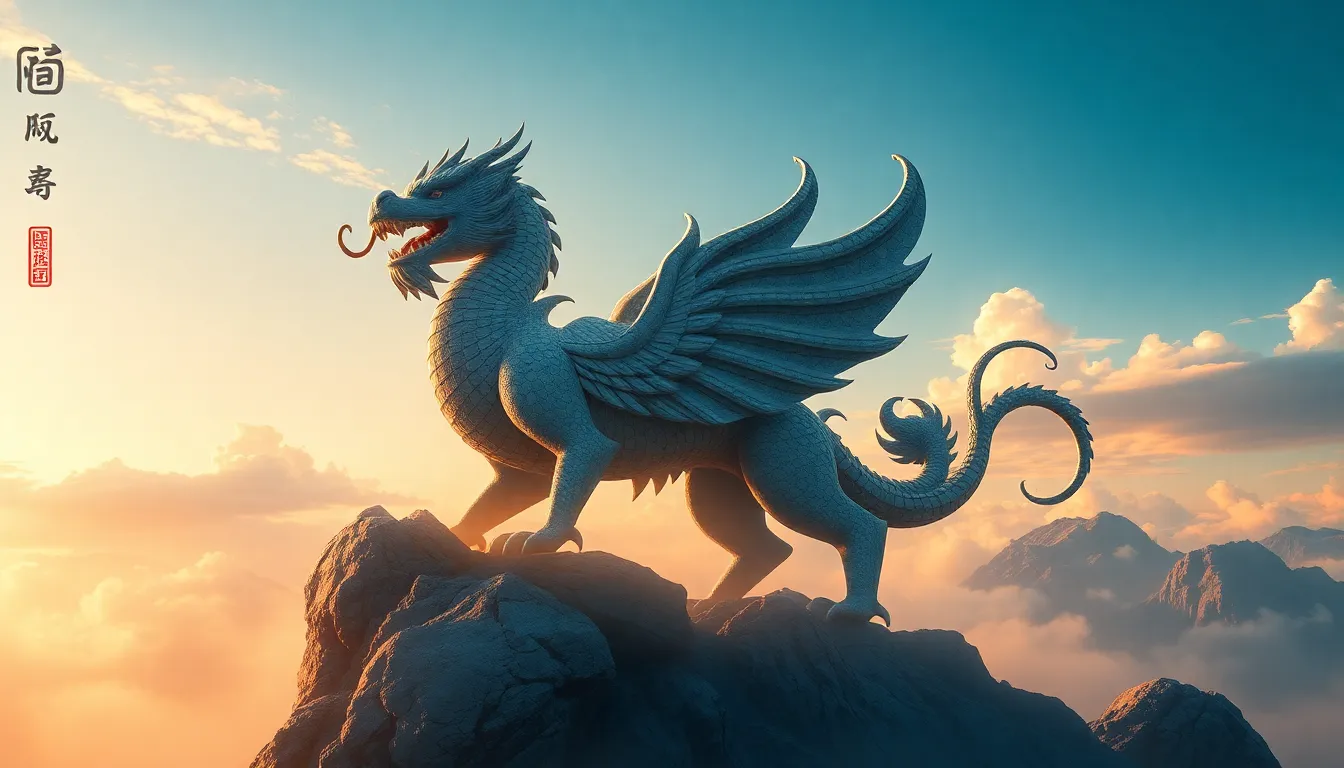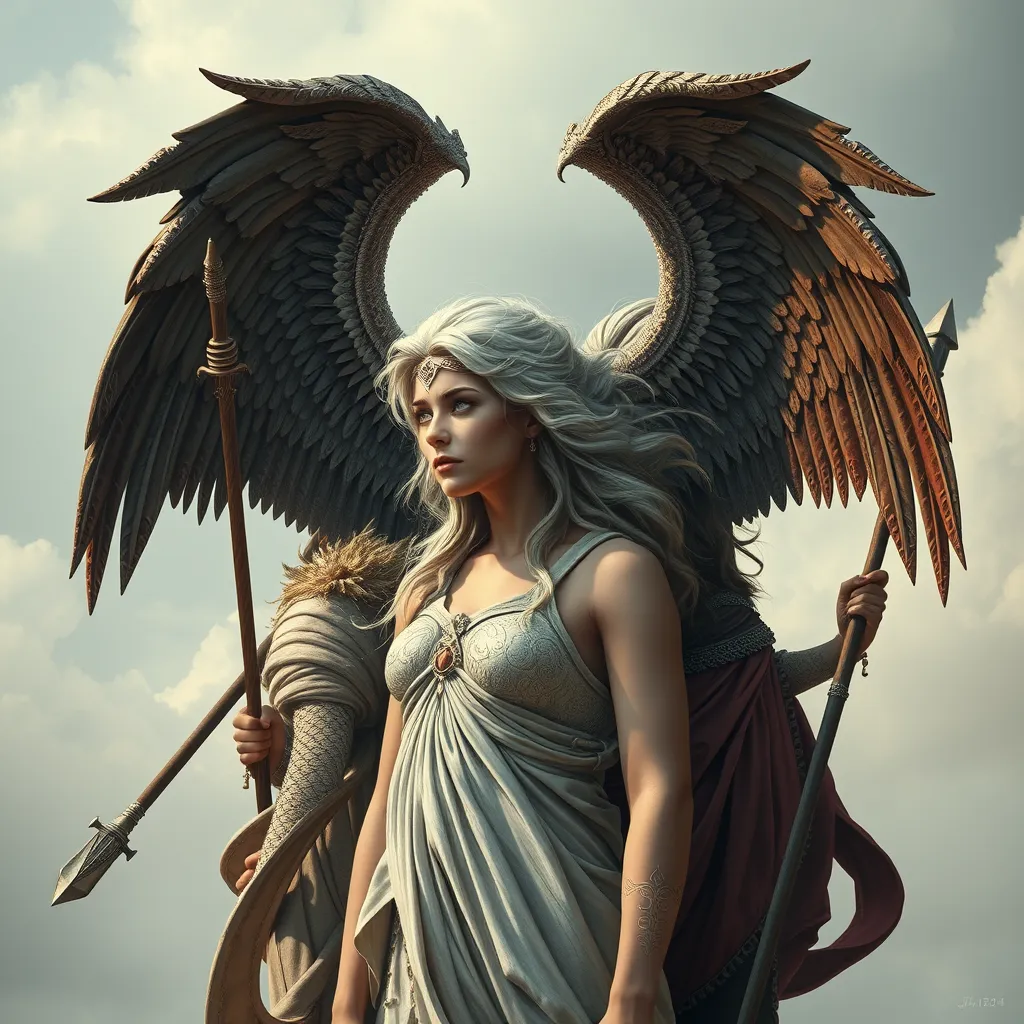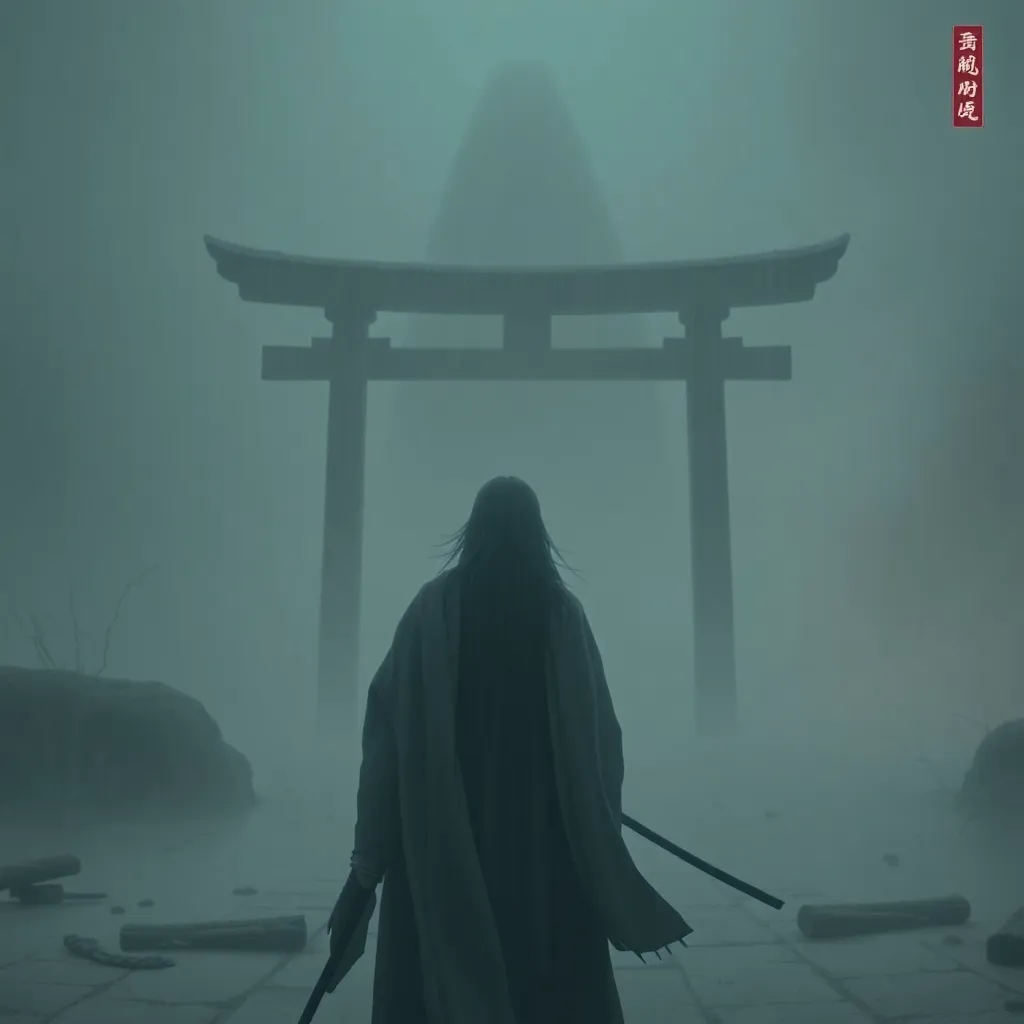The Roc in Chinese Art: A Symbol of Strength and Majesty
I. Introduction
The Roc, a mythical bird in Chinese mythology, is often depicted as a colossal creature capable of soaring above the clouds. This majestic bird symbolizes not only physical strength but also the spiritual quest for freedom and transcendence. Throughout centuries, the Roc has transcended its mythological roots to become a significant motif in Chinese art and culture.
The importance of the Roc in Chinese art lies in its representation of power, freedom, and the connection between the earthly realm and the heavens. This article aims to explore the Roc’s historical context, its symbolism, its manifestations in traditional and modern art, and its impact on cultural identity.
II. Historical Context of the Roc
A. Origin of the Roc in ancient Chinese texts
The origin of the Roc can be traced back to ancient texts such as the “Shan Hai Jing” (Classic of Mountains and Seas), a collection of mythic geography and folklore. In these texts, the Roc is described as a bird of enormous size, capable of flying vast distances. The legendary tales often depict the Roc as a creature that can create storms with its wings.
B. Evolution of the Roc’s representation through different dynasties
As Chinese dynasties evolved, so did the representation of the Roc. During the Han and Tang dynasties, the Roc was often used in literature and art to symbolize imperial power and the divine right to rule. In contrast, during the Song dynasty, the Roc began to be depicted more as a symbol of individual aspiration and spiritual enlightenment.
C. Cultural significance in historical contexts
The Roc’s cultural significance has varied over time. In ancient times, it was seen as a guardian of the heavens, while in later periods, it became a representation of the scholar’s pursuit of knowledge and the ideal of self-cultivation. Its evolution reflects broader changes in Chinese society and philosophy.
III. Symbolism of the Roc
A. Interpretation of strength and power
The Roc is a potent symbol of strength and power in Chinese culture. Its ability to soar to great heights and navigate the skies makes it a metaphor for ambition and the human spirit’s capacity to overcome obstacles. The Roc’s vast wingspan and formidable presence evoke a sense of awe and respect.
B. The Roc as a representation of freedom and transcendence
Beyond its physical might, the Roc symbolizes freedom and transcendence. It embodies the idea of breaking free from earthly limitations and aspirations towards enlightenment. This dual symbolism resonates deeply with Chinese philosophical traditions, particularly Daoism, which emphasizes harmony with the universe.
C. Comparisons with other mythical creatures in Chinese lore
When compared to other mythical creatures such as dragons and phoenixes, the Roc holds a unique position. While the dragon symbolizes power and authority, and the phoenix represents rebirth and renewal, the Roc uniquely embodies the themes of exploration and existential freedom, often serving as a bridge between heaven and earth.
IV. The Roc in Traditional Chinese Art
A. Depictions in paintings and scrolls
In traditional Chinese paintings, the Roc is often depicted in dynamic poses, soaring through the clouds, surrounded by natural elements that emphasize its grandeur. Artists use vibrant colors and intricate brushwork to bring the Roc to life, showcasing its majestic wings and powerful form.
B. The Roc in sculpture and pottery
The Roc has also found its place in sculpture and pottery, where it is crafted with great attention to detail. Sculptors often depict the bird in mid-flight, capturing the essence of movement and strength. Pottery pieces may feature the Roc as part of larger scenes depicting celestial landscapes or mythological narratives.
C. Iconography and artistic techniques used
Artists employ various techniques to convey the Roc’s majesty, including:
- Use of contrasting colors to highlight the Roc against the backdrop of the sky.
- Dynamic lines that suggest movement and power.
- Symbolic elements, such as clouds and mountains, that situate the Roc within a broader cosmological context.
V. The Roc in Literature and Poetry
A. References in classical Chinese literature
The Roc appears frequently in classical Chinese literature, often serving as a metaphor for ambition and the pursuit of greatness. Writers like Zhuangzi and Li Bai have referenced the Roc to illustrate philosophical concepts and aspirations.
B. The Roc in poetry and its metaphorical uses
In poetry, the Roc is employed metaphorically to express the themes of freedom and the transcendence of the human spirit. Poets have used its imagery to convey feelings of longing, desire for exploration, and the quest for enlightenment.
C. Influence on contemporary literary works
The Roc’s influence extends into contemporary literature, where it is often referenced in discussions about identity, freedom, and cultural heritage. Modern authors draw on the Roc’s rich symbolism to explore themes relevant to today’s society, including globalization and personal aspiration.
VI. The Roc in Modern Chinese Art
A. Contemporary interpretations and adaptations
In modern Chinese art, the Roc continues to inspire artists who reinterpret its symbolism in new ways. Contemporary artworks may depict the Roc in abstract forms or combine traditional techniques with modern mediums, reflecting the dynamic nature of Chinese culture today.
B. The Roc as a motif in modern installations and performances
Artists are increasingly incorporating the Roc into installations and performance art, using multimedia to create immersive experiences that engage audiences with the bird’s symbolism. These contemporary expressions often challenge viewers to consider their relationship with tradition and modernity.
C. The Roc’s role in global perceptions of Chinese culture
As globalization continues to shape cultural exchanges, the Roc has emerged as a recognizable symbol of Chinese heritage. It plays a role in shaping global perceptions of Chinese art, often representing the richness of Chinese mythology and the depth of its artistic traditions.
VII. The Roc’s Impact on Cultural Identity
A. The Roc as a national symbol and its role in heritage
The Roc has evolved into a national symbol, representing strength, resilience, and the aspirations of the Chinese people. Its imagery is often used in cultural festivals, public art, and educational contexts to promote a sense of heritage and identity.
B. The Roc in popular culture and media
In popular culture, the Roc has been featured in films, television shows, and literature, often depicted as a powerful and noble creature. Its presence in media highlights its significance as a cultural touchstone and its ability to resonate with contemporary audiences.
C. The Roc’s influence on Chinese identity in a globalized world
As Chinese culture becomes increasingly prominent on the global stage, the Roc serves as a symbol of national pride and cultural identity. Its enduring legacy encourages a connection to traditional values while embracing modernity, allowing for a dynamic expression of what it means to be Chinese today.
VIII. Conclusion
A. Summary of the Roc’s significance in art and culture
The Roc stands as a powerful symbol in Chinese art and culture, embodying strength, freedom, and the pursuit of transcendence. From its ancient origins to its contemporary interpretations, the Roc encapsulates essential values that resonate through Chinese history and identity.
B. Reflection on the enduring legacy of the Roc
The enduring legacy of the Roc reflects the rich tapestry of Chinese mythology and its influence on various artistic expressions. As a cultural icon, the Roc continues to inspire artists, writers, and thinkers across generations.
C. Future directions for the study of the Roc in Chinese art
As scholarship on the Roc expands, future studies may delve deeper into its cross-cultural influences and its role in the evolving narrative of Chinese identity in the global context. The Roc, with its majestic symbolism, will undoubtedly continue to soar in the realms of art and culture.



